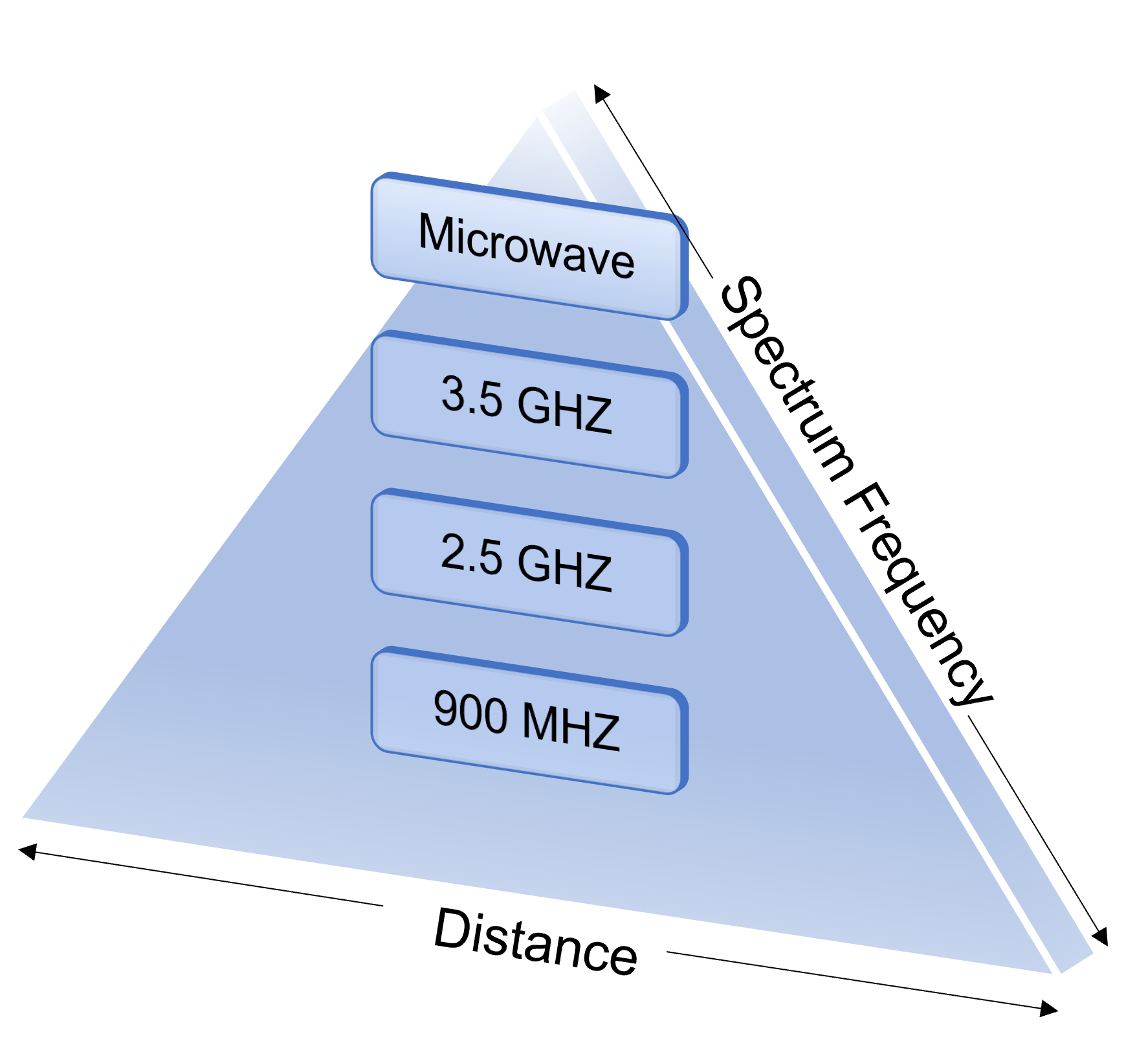Ensure Wireless Connectivity in LEED-Certified Buildings
By 2024, 42% of engineers, architects, owners and contractors plan to build more than 60% of their projects using green building best practices. As green buildings become more prevalent in the ongoing quest to save energy, project teams will have a new wireless connectivity challenge to consider.
No matter how green or energy efficient a building is, the people who live, work and play inside will expect to effortlessly connect to networks using their devices. This level of connectivity is considered just as central to everyday life as water and electricity.
But energy-efficient building materials are creating obstacles for reliable wireless connectivity.
Why Indoor Coverage is a Challenge
Before we explain how building materials are involved, it’s important to understand how cellular coverage works.
Historically, cellular networks were designed to support user mobility. You can drive down the highway or walk down the street as radio frequency from your phone passes from one cell tower to the next without dropping service.
Today, however, this isn’t how most people consume their data. Research (and a simple glance around a typical building) tells us that the majority of data is now consumed inside. In fact, the latest Ericsson Mobility Report reveals that 80% of all mobile/cellular data traffic is consumed indoors.
Why does that matter? Because cellular networks now need to work inside buildings—not just outside.
Data transmission relies on frequency bands in the wireless spectrum. These bands include:
- High-frequency bands, such as spectrum in the microwave range. They excel at transmitting high-speed data, but they don’t carry signals very far and don’t penetrate buildings easily.
- Low-frequency bands, such as spectrum in the range of 700 MHz to 800 MHz. They excel at supporting wide coverage areas. While they can penetrate buildings for connectivity indoors, they don’t support high bandwidth or fast speeds.
- Mid-band (or medium-frequency bands), such as C-band, falls somewhere in the middle. It’s like the “Goldilocks” of frequency: not too low and not too high. It provides a solid mix of coverage and capacity.
Indoor connectivity depends on how well these frequency bands can carry signals through a building. As you see from the bullet points above: The higher the frequency, the worse it performs when it comes to successfully bringing signals inside.
Where Green Buildings Fit In
Now back to green buildings. On top of the problems with certain frequency bands struggling to infiltrate buildings, the materials being used in green buildings make the problem even worse.
Consider the U.S. Green Building Council’s Leadership in Energy and Environmental Design (LEED) Green Building Rating System as an example. It’s the world’s most popular framework for healthy, efficient, carbon-saving and cost-saving green buildings.
Buildings can earn points toward LEED certification by including locally sourced and environmentally responsible building materials in their construction, including concrete, metal and low-E glass. (Ever walked up to a window to get a better connection indoors? That doesn’t work if the windows are made of energy-efficient, low-E glass! The glass is designed to reflect signals away from the building.)
When you combine these green building materials with the already-poor signal penetration of higher-frequency bands, the result is inadequate—or no—wireless connectivity indoors.
As 5G becomes more widespread, the problem will continue to grow (5G already struggles to penetrate building walls). When you add collaborative tools like Teams and Zoom that are constantly in use in buildings, you could be looking at a recipe for disaster: an energy-efficient, environmentally friendly building that makes it very difficult for people to use their devices indoors.

5G frequencies do not travel far or penetrate through buildings effectively.
Plan Ahead for In-Building Wireless Coverage
If an energy-efficient, green building project is in your future—whether new construction or renovation—then start planning early for wireless connectivity. An in-building wireless solution will give you the green building you want while still allowing occupants to use their devices.
Belden works with an ecosystem of in-building wireless partners to make sure you have reliable connectivity. We can help you conduct an assessment to evaluate coverage and make recommendations for improvement.
We offer everything you need to create an intelligent in-building wireless infrastructure. We can also help you coordinate your project from start to finish—including finding the right consultant and contractor.
If you plan ahead, it’s possible to prevent these costly connectivity challenges. You’ll not only avoid the hassles associated with troubleshooting when occupants can’t use their devices, but also reduce expenses. (During new construction or a massive renovation, it’s more cost effective to anticipate and correct these issues ahead of time instead of resolving them after the project is complete.)
Whenever you’re ready to design the best possible wireless network for your environment, then we can also connect you with powerful software platforms like Ranplan and iBwave to verify RF calculations, simulate and compare coverage options, evaluate system costs and understand the impact of your network design decisions. Belden’s core products are available within these platforms to make it simple for you to include our solutions in your design.
To learn more about how our team can help with in-building wireless coverage, start here. If you’re working toward LEED certification, then Belden cable and connectivity products can also help you earn LEED points.
RELATED POSTS:
A Focus on Health and Transparency: Important Changes as Part of LEED v4.1
Effective In-Building Wireless Design Relies on Interoperability
Faster, Easier Ways to Design In-Building Wireless Networks
![System.String[]](https://assets.belden.com/transform/7a474144-d80d-44fa-95ee-9ee912bba454/Steve-Carroll?io=transform:fill,width:300,height:300)